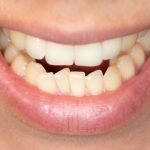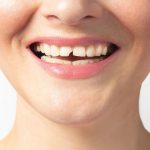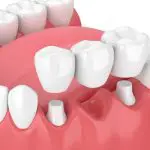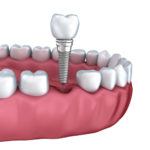At What Age Do Teeth Fall Out? Exploring the Natural Progression of Tooth Loss in Humans
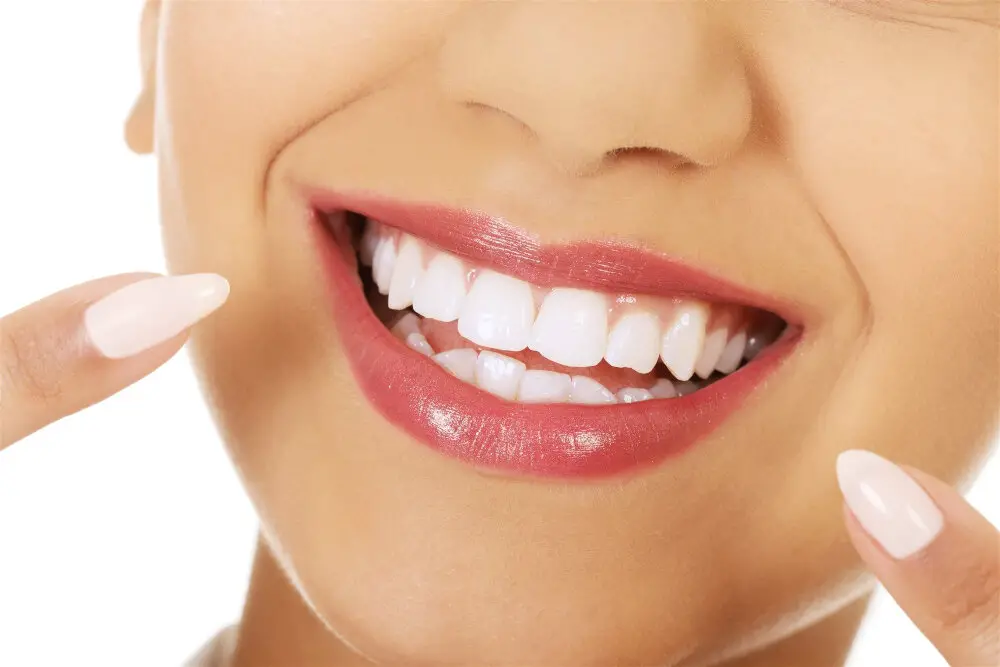
Teeth are an essential part of the human anatomy, serving various functions such as speaking, chewing, and even affecting one’s appearance. It is a natural process for teeth to fall out, making way for the growth of permanent teeth. The age at which teeth fall out can vary, and understanding the natural progression of tooth loss is crucial for maintaining good dental health. The process of tooth loss involves several stages, beginning with the eruption of primary teeth during infancy. As children grow, these teeth begin to loosen and fall out, paving the way for permanent teeth. The timing of tooth loss can vary among individuals, but there are general age ranges that are considered normal. By understanding the natural progression of tooth loss, individuals can better prepare for dental care and appreciate the significance of having healthy teeth.
Teeth play a crucial role in human life, serving both functional and aesthetic purposes. They allow us to bite, chew, and grind food for digestion, aiding in the overall nourishment of the body. Additionally, teeth are essential for speech production, as they help us form various sounds and words. Moreover, healthy teeth contribute to an individual’s self-confidence, social interaction, and overall well-being. Tooth loss can significantly impact an individual’s quality of life, affecting their ability to eat, speak, and even smile comfortably. Therefore, maintaining good oral hygiene and seeking prompt dental care is crucial for preserving the function and appearance of teeth and maintaining overall health.
Tooth loss is a natural progression that occurs in humans, starting with the primary teeth that appear during infancy and childhood. These teeth begin to fall out around the age of six, making way for the permanent teeth that will last a lifetime. The permanent teeth emerge in a specific sequence, with molars appearing first, followed by the incisors, canines, and finally the premolars. As we age, however, tooth loss can occur due to various factors such as decay, gum disease, injury, or aging. The rate of tooth loss can vary from person to person, but it is important to maintain good oral hygiene and regular dental check-ups to prevent premature tooth loss.
Primary Teeth (Baby Teeth)
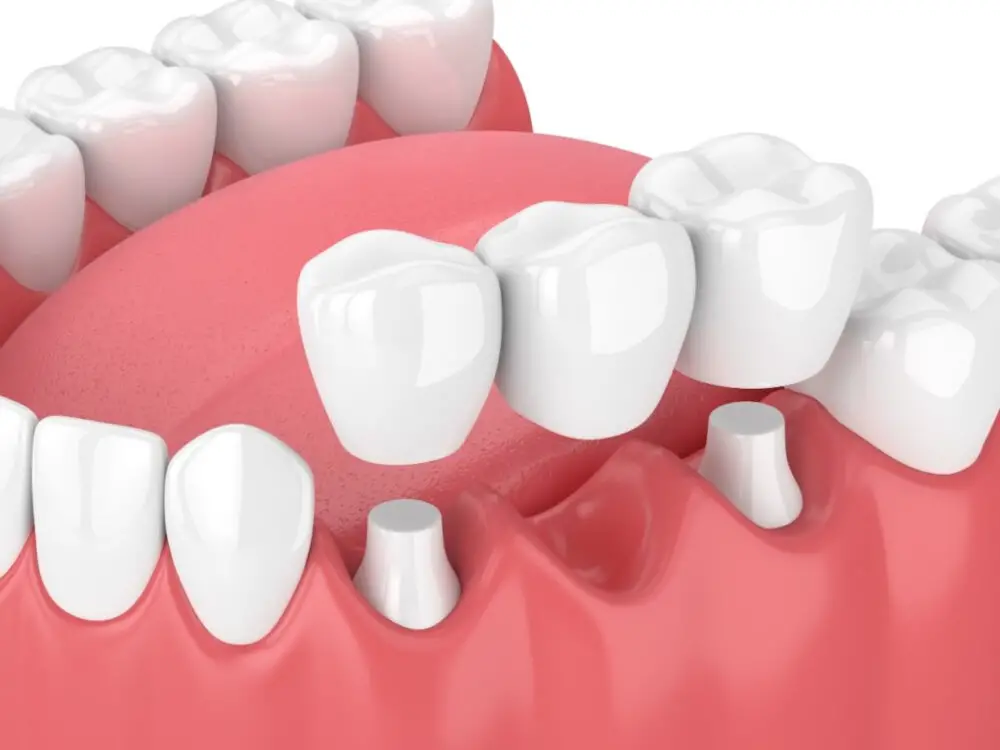
Primary teeth, also known as baby teeth or deciduous teeth, are the first set of teeth that develop in the human mouth. They typically begin to erupt around six months of age and continue to do so until the child is around three years old. Primary teeth are important for a number of reasons. They allow young children to learn how to bite, chew, and speak properly. They also help to maintain the proper spacing and alignment of the adult teeth that will eventually replace them. There are twenty primary teeth in total, ten on the top and ten on the bottom. They are typically shed in a specific order, starting with the lower front teeth (central incisors) and ending with the upper back teeth (second molars). Most children begin to lose their primary teeth around the age of six, although this can vary widely from child to child. The process of losing primary teeth is completely natural and usually painless, although children may experience some discomfort as the teeth loosen and fall out.
Primary teeth, also known as baby teeth or deciduous teeth, are the first set of teeth to erupt in the oral cavity of a child. These teeth typically emerge between the ages of six months to three years and are eventually replaced by permanent teeth. The primary teeth serve a vital role in speech development, chewing, and maintaining the space for permanent teeth. They also help in the development of the jaw and facial muscles. Although they are meant to fall out, primary teeth require proper care and maintenance, including regular brushing and dental visits, to ensure healthy oral development and prevent decay or other issues.
Primary teeth, also known as baby teeth, play a crucial role in childhood development. They not only help children chew and speak properly but also pave the way for their permanent teeth. Typically, children start losing their primary teeth between the ages of 6 and 7, beginning with their front teeth. The process continues until around the age of 12, when all 20 primary teeth have been replaced by permanent teeth. The timeline of primary teeth falling out can vary from child to child, and genetics may also play a role. However, it is important for parents to monitor their child’s tooth development to ensure that their teeth are falling out in a healthy and natural manner.
Permanent Teeth

Permanent teeth are the second set of teeth that humans develop, and they typically begin to erupt around the age of six or seven. These teeth are designed to last a lifetime, and they play an essential role in chewing, speaking, and maintaining the structural integrity of the jaw. Permanent teeth come in a variety of shapes and sizes, including incisors, canines, premolars, and molars, each with a specific function in the mouth. The process of developing and erupting permanent teeth can take several years, and it is essential to take good care of them to ensure their longevity. One of the unique features of permanent teeth is that they do not have any natural replacements. Once they have fully erupted, they will remain in the mouth for the rest of a person’s life, provided they are taken care of properly. However, permanent teeth are not indestructible, and they can be damaged by trauma, decay, or disease. It is important to practice good oral hygiene habits, such as brushing twice a day, flossing regularly, and visiting the dentist for regular cleanings and checkups, to keep permanent teeth healthy and strong. Additionally, a balanced diet that is rich in nutrients like calcium and vitamin D can help support healthy tooth development and prevent tooth decay and gum disease.
Permanent teeth are the second and final set of teeth that grow after the primary teeth fall out. They typically begin to emerge around the age of six and are fully developed by the age of 18-25. The primary function of permanent teeth is to aid in the digestion process by breaking down food into smaller pieces that can be easily swallowed. These teeth are also responsible for maintaining proper alignment of the jaw and providing structural support to the facial bones. Moreover, they play a crucial role in speech articulation and contribute to a person’s overall appearance. Maintaining good oral hygiene and regular dental check-ups can help ensure the longevity and optimal function of permanent teeth.
The emergence of permanent teeth is a natural process that typically occurs during childhood and early adolescence. The timeline for permanent teeth eruption varies from person to person, but generally, the first permanent molars appear around the age of 6-7 years. This is followed by the emergence of the central incisors at around 7-8 years of age, and the lateral incisors at around 8-9 years of age. The canines and premolars then start to emerge between the ages of 9-12 years, with the second molars appearing around 12-13 years of age. The final set of molars, known as wisdom teeth, typically emerge in late adolescence or early adulthood, between the ages of 17-25 years. It is important to note that the timeline for permanent teeth eruption can vary based on genetics, nutrition, and overall health.
The timeline for the natural progression of tooth loss in humans is a gradual process that begins around the age of six and continues through adolescence. At around six years of age, the first permanent teeth, the lower incisors, begin to emerge and replace the primary teeth. By the age of 12 or 13, most of the permanent teeth have emerged, and only the wisdom teeth remain to erupt. The loss of primary teeth and the emergence of permanent teeth can be a challenging period for children, as it can cause discomfort and affect their ability to eat and speak normally. However, this process is critical for the development of healthy adult teeth and a strong, functional bite.
Factors Affecting Tooth Loss
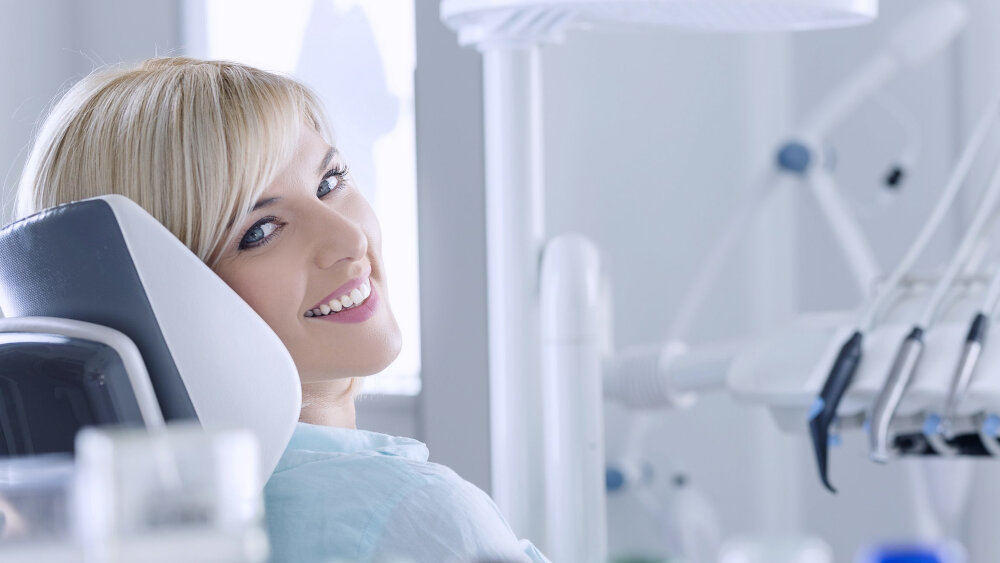
Tooth loss is a natural process that occurs as a result of aging, but it can also be influenced by various factors, including poor oral hygiene, diet, genetics, and lifestyle choices. Poor oral hygiene, such as infrequent brushing and flossing, can lead to the development of gum disease, which is a leading cause of tooth loss in adults. Gum disease, also known as periodontal disease, is a bacterial infection that affects the tissues surrounding the teeth, causing them to become inflamed and eventually leading to tooth loss. Regular dental check-ups and proper oral hygiene practices are essential in preventing gum disease and tooth loss. Diet also plays a significant role in tooth loss. A diet high in sugar and processed foods can increase the risk of cavities, which can eventually lead to tooth decay and loss. Additionally, a lack of essential nutrients, such as calcium and vitamin D, can weaken the teeth and make them more susceptible to damage and decay. Genetics can also play a role in tooth loss, as some individuals may be more predisposed to certain dental conditions, such as gum disease or weak enamel. Finally, lifestyle choices, such as smoking and excessive alcohol consumption, can also increase the risk of tooth loss by compromising oral health and exacerbating existing dental conditions.
Tooth loss is a multi-factorial phenomenon influenced by various factors, including genetics, diet, and oral hygiene. Genetics play a significant role in tooth loss, as some individuals are born with weaker or thinner tooth enamel, making them more susceptible to decay and eventual tooth loss. Additionally, diet plays a critical role in tooth loss, as a diet high in sugary and acidic foods can erode tooth enamel and increase the risk of decay. Poor oral hygiene practices, including infrequent brushing and flossing, can also lead to tooth loss by allowing plaque and bacteria to build up on teeth and gums, leading to gum disease and decay. Overall, tooth loss is a complex process influenced by a variety of factors, making it essential to maintain good oral hygiene and a healthy diet to prevent premature tooth loss.
Tooth loss is a natural process that occurs in humans as they age. It typically begins with the loss of primary teeth in childhood, which are replaced by permanent teeth. As adults enter their senior years, they may begin to experience tooth loss due to factors such as gum disease, decay, or trauma. The loss of teeth can impact a person’s overall health and quality of life, leading to difficulties with eating, speaking, and self-confidence. To prevent tooth loss, it is important to maintain good oral hygiene practices, eat a healthy diet, and visit the dentist regularly for check-ups and cleanings.
Maintaining good oral hygiene is crucial for prolonging tooth health and preventing tooth loss. Regular brushing and flossing can help remove plaque and bacteria that can damage teeth and gums. It is also important to visit the dentist regularly for check-ups and cleanings to catch any potential issues early on. A balanced diet that is low in sugar and high in nutrients can also contribute to good oral health. Additionally, avoiding habits such as smoking and excessive alcohol consumption can also help prevent tooth loss. By taking these steps, individuals can help ensure their teeth remain healthy and intact for as long as possible.
Conclusion
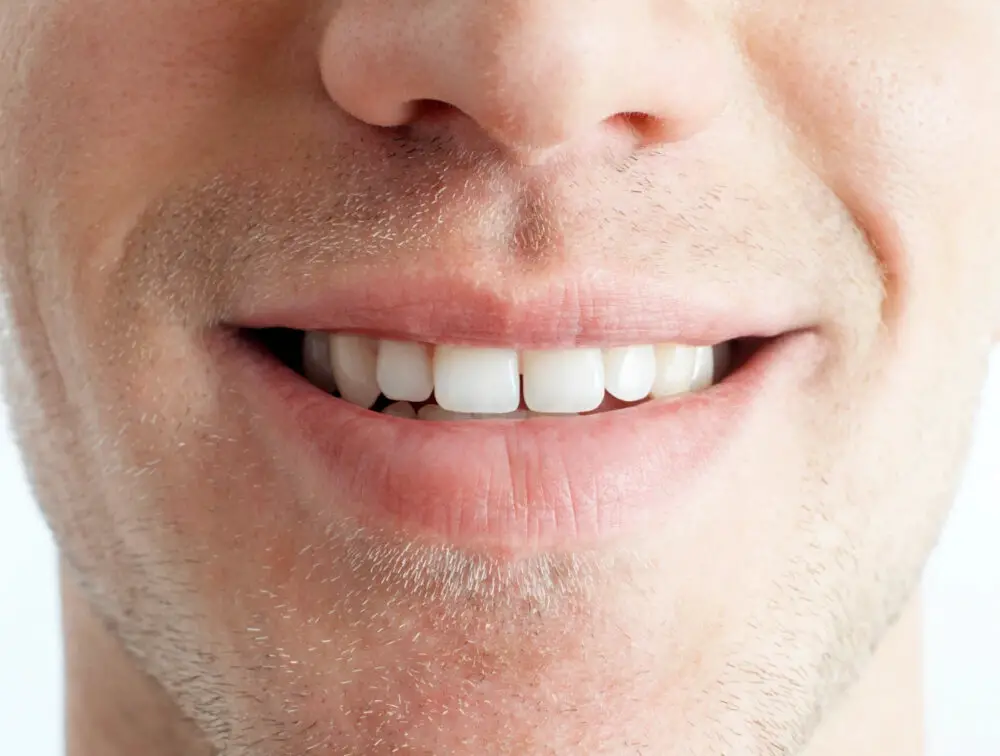
In conclusion, understanding the natural progression of tooth loss in humans is essential for maintaining good oral health. While the timing of tooth loss can vary from person to person, there are general guidelines that can help individuals prepare for this natural process. It is important to maintain regular dental checkups and practice good oral hygiene habits to prevent premature tooth loss. Additionally, addressing any underlying medical conditions or lifestyle factors that may contribute to tooth loss can help individuals maintain a healthy smile throughout their lifetime. By staying informed and proactive, individuals can navigate the natural progression of tooth loss with confidence and maintain optimal oral health.


